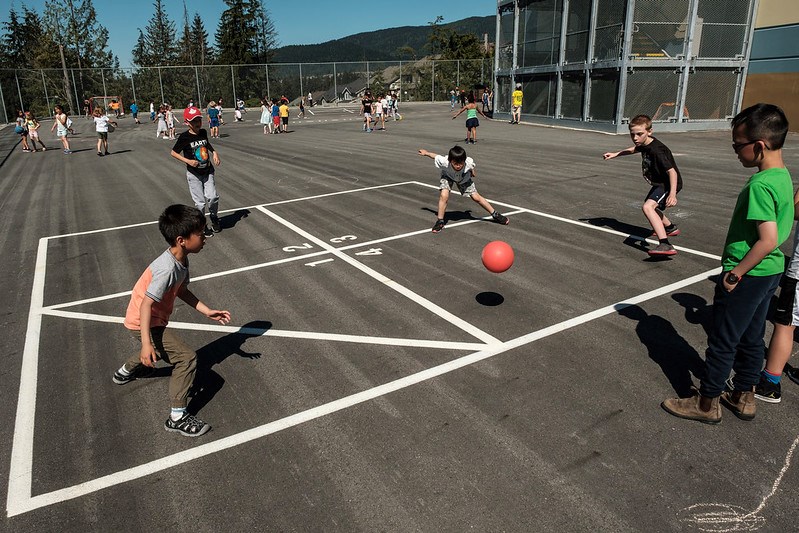With only about 10,000 of School District 43’s 32,000 students expected to return to school on Monday, many parents will be wondering what September will look like with COVID-19 still possibly circulating in the community.
And the hard truth is SD43 officials are wondering the same thing as they plan for five different operating scenarios if a second wave of the COVID-19 pandemic hits in the fall.
“We really aren’t going to know until September, so we have make sure there are plans for wherever we are and we have some kind of schooling — hopefully it will be back to normal,” said Paul McNaughton, SD43’s director of instruction.
From full lockdown to full opening, SD43 has to be able to pivot between different phases of classroom operation with remote learning in place when classes are closed.
SD43 has developed a five-phase framework based on the B.C. government’s phased approach to learning for K-12 students. The plan was revealed at a board meeting Tuesday.
McNaughton said the main drivers of district’s plan was to make it easier for families to have older students care for younger kids by organizing in-class days by alphabet. Ensuring that schools don’t have more students than allowed by the provincial health officer was another key factor, McNaughton said.
“That was really a big driver — that the public health officer said, you can only have so many kids at this time,” he said.
Currently, SD43 and the rest of B.C. schools are at Stage 4 of the framework, where only children of essential service workers and vulnerable students are in classrooms. But as of Monday, schools move to Stage 3 of the plan, where 50% of elementary students are allowed in schools but only 20% of middle and high school students.
FAMILIES TOGETHER
By utilizing the alphabet, McNaughton said, students in the same family should have the same days at home.
“We had to come up with the five stages, but the government gave us flexibility in how that would work — one of the priorities is we wanted to make it user-friendly on families.”
Most of the five phases are well-known; beginning with total lockdown and remote learning, which began after spring break, followed by the current Stage 4 format, this week is Stage 3 with students returning voluntarily on different days.
A second phase, which hasn’t been implemented, is one where all elementary and middle school students would return to full time class but secondary students would be in class two days a week, with the rest of their instruction via remote learning.
Finally, the first phase, which many are anticipating for September, is a return to full classroom instruction for all students.
NOT EASY TO PLAN
But McNaughton cautions that the district has to plan for all scenarios, and to be able to switch between them depending on orders from the Ministry of Education.
“It’s not easy to plan for these things at all [but] at least you’ve some forethought into how these things might go,” McNaughton said.
While it’s not known how student learning has been affected by the recent remote learning experiment — with reduced academic outcomes for high school students and a focus on literacy, numeracy and physical and mental health for elementary and middle children — early indications are that most teachers and students were engaged and actively working as early as a few days after spring break.
In an effort to measure the uptake of remote learning, SD43 tracked student interactions on multiple platforms, including Microsoft Teams and FreshGrade.
The data showed 150,000 “events” a day on Teams, with an 86% participation rate across the district.
For Grades 6‐12, activity rates exceeded 95% over a week, data shows, and 85% were on Teams conversing with teachers or their classmates on any given day.
Kindergarten students were also relatively active online participants, according to SD43, with 67% active on Teams each day.



